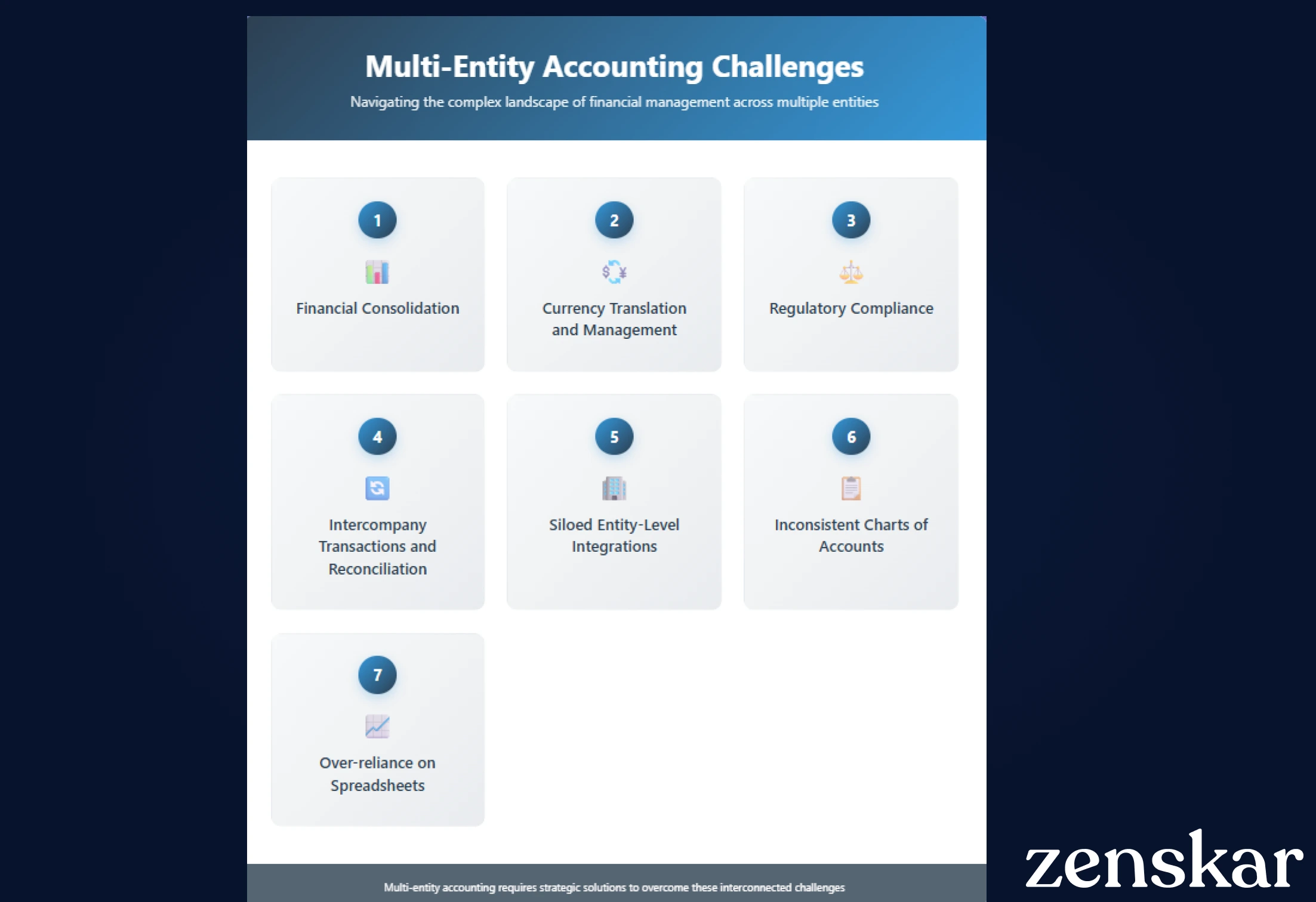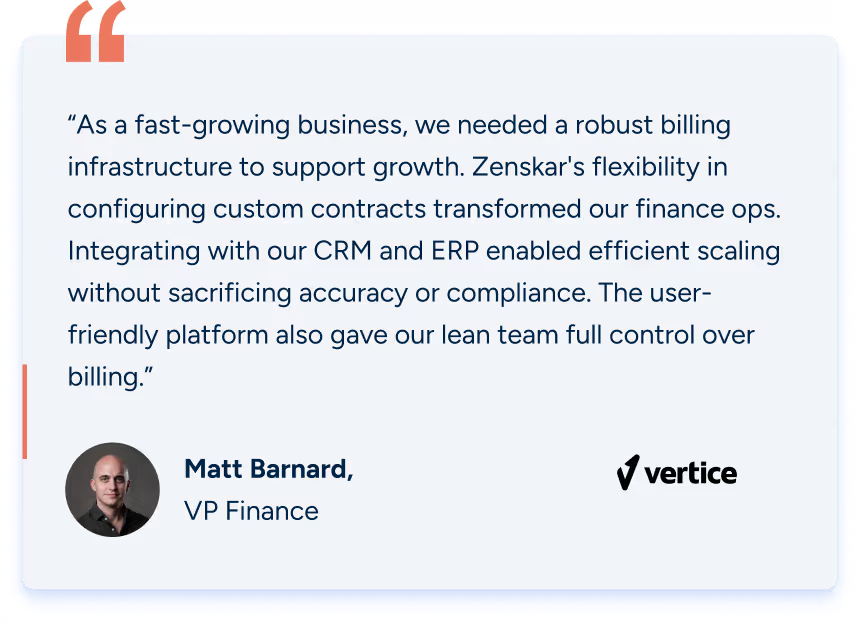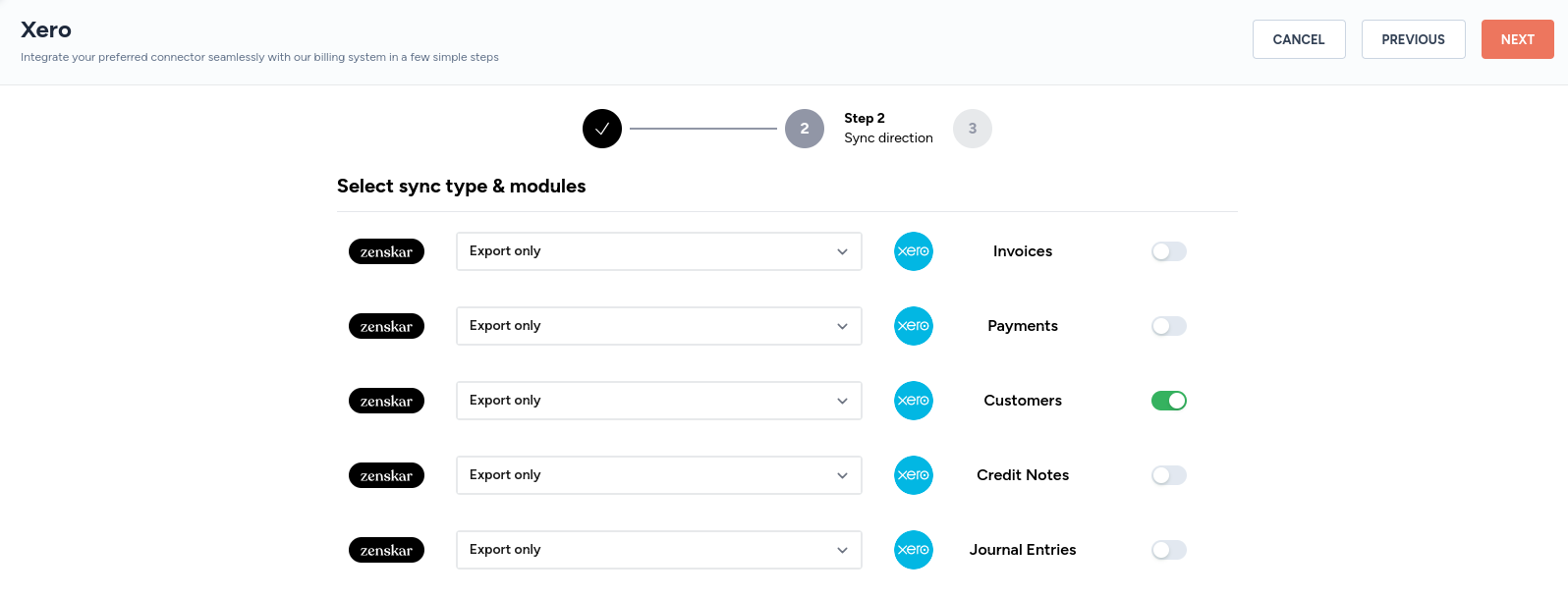How Multi-Entity Accounting Transforms Financial Management
%20be%20truly%20invisible_.webp)
Scaling across countries or product lines sounds exciting, until finance teams are forced to manage books across multiple entities. Different tax rules, separate billing systems, currency conversions, and manual reconciliations turn everyday accounting into a constant firefight.
One of our clients, a fast-growing US-based SaaS company, faced exactly this. As they expanded into Europe and added a new product vertical, their finance team struggled to consolidate reports from four different systems. Duplicate payments, misaligned reports, and unclear cash positions became a routine problem. Month-end closes that once took a few days stretched into weeks.
The solution wasn’t adding more people. It was rethinking their systems.
In this guide, we’ll break down what multi-entity accounting is, why it’s critical for growing businesses, and how modern finance teams are using it to stay in control.
What is a multi-entity business?
Multi-entity accounting involves managing financial data and operations across multiple legal entities, subsidiaries, branches, or regional offices within the same corporate structure. These entities may operate in different countries, serve distinct markets, or exist for specific operational, legal, or tax purposes.
Consider Amazon's structure: Amazon.com Inc. operates in the U.S., Amazon UK Services Ltd. handles UK operations, and Amazon India Ltd. manages Indian operations. Each entity operates under local laws, processes its own transactions, and maintains separate financial records, yet they're all part of the same organization.
How does multi-entity accounting benefit different finance teams?
What are the challenges in multi-entity accounting?

Managing finances across multiple entities isn’t just about scaling, it’s about navigating a complex web of systems, standards, and stakeholders. Here are some of the biggest hurdles finance teams face:
.png)
Source: LinkedIn
1. Financial consolidation
Bringing together financials from multiple entities is time-consuming, especially when each uses different systems, timelines, or currencies. Without automation, this often leads to reporting delays, inconsistencies in data, and high dependency on manual workarounds during close cycles.
2. Currency translation and management
Working across currencies means tracking exchange rates and applying the right ones at the right time. Without automation, this becomes error-prone and slows down closing cycles.
3. Regulatory compliance
Each entity may operate in a different tax jurisdiction with distinct reporting rules. Finance teams must juggle multiple local laws while ensuring compliance with ASC 606 and GAAP rules or IFRS compliance, a task that quickly becomes unmanageable without robust controls.
4. Intercompany transactions and reconciliation
Subsidiaries often transact with each other, for example, your US entity might bill your India entity for internal software use. These entries need to cancel each other out during consolidation and follow account reconciliations too. But if one side books it late or under a different amount, it creates mismatches, delays month-end close, and raises audit red flags.
5. Siloed entity-level integrations
Many growing companies use different accounting or billing systems across entities, or different accounts per subsidiary, etc. Most legacy tools force a one-size-fits-all integration. Zenskar’s integrations takes a different approach: each entity can plug into its own systems while still operating within a single Zenskar account, no forced standardization or migration required.
6. Inconsistent charts of accounts
If each entity uses a different chart of accounts, say one entity calls it “Marketing Expense” while another logs the same under “Promotions”, it becomes tough to align and roll up the numbers. You’ll have to manually map and clean the data before consolidation, which slows reporting and increases the risk of errors.
7. Over-reliance on spreadsheets
Manual tracking and reconciliation across entities using spreadsheets introduces delays, risks errors, and prevents real-time financial visibility, all of which become costlier as the company scales.
What are the best practices for multi-entity accounting?
.webp)
Managing multiple entities efficiently requires more than just good software, it calls for disciplined processes, consistent structures, and proactive compliance. Here are key best practices finance teams should follow:
1. Standardize your chart of accounts
When all entities categorize financial data the same way, like using the same labels for revenue, expenses, or assets, it eliminates the need for manual clean-up during month-end close and makes it easier to compare performance across units.
2. Use consistent financial dimensions
Tagging transactions with common dimensions, like department, location, or product line, helps create smarter, more granular reports. It gives FP&A teams the flexibility to slice financials the way leadership wants.
3. Automate intercompany transactions
Cloud-based accounting platforms grow with your business and take the grunt work out of intercompany transactions. They sync entries in real-time, cut down errors, and keep everything audit-ready, without the late-night reconciliations. Plus, with built-in compliance and easy integrations, your finance team finally gets the clarity it needs, all in one place.
4. Centralize financial data
Bringing all your entity data into a central system gives CFOs and controllers a real-time view of the organization’s health. It enables better collaboration across teams and reduces dependency on siloed spreadsheets.
5. Build compliance into your process
Each country has its own tax laws and financial reporting rules. Build workflows that flag jurisdiction-specific requirements early on, whether that’s tax treatment, invoice formatting, or local reporting timelines.
6. Define clear reporting structures and controls
Establish which teams handle what, from intercompany billing to monthly close, and set up internal controls to track accountability.
How to choose the right multi-entity accounting software?
When your business operates across multiple entities, spreadsheets and disconnected tools fall short. You need accounting software that not only handles the complexity but simplifies it. Here’s what to look for, and why it matters:
1. Automation of consolidation and intercompany transactions
Look for a revenue recognition software that automates the generation and matching of intercompany entries. This reduces manual effort, speeds up month-end close, and eliminates reconciliation errors.
2. Multi-currency support
If your entities operate in different countries, currency conversion is non-negotiable. The right tool should automatically apply current exchange rates, manage gains/losses, and keep consolidated statements accurate.
3. Real-time consolidation
You shouldn't have to wait until month-end to know how the business is performing. Tools that offer real-time consolidation give CFOs an up-to-date view of revenue, costs, and margins across entities, critical for fast decision-making.
4. Dimensional accounting
Your software should allow you to tag transactions with multiple attributes (like region, department, or product line). This gives your FP&A and controllership teams powerful ways to break down and analyze financial performance across any axis.
5. Customizable workflows
Choose a platform that lets you tailor approval flows, billing rules, and reporting logic based on each entity’s unique requirements.
6. Centralized financial visibility
A unified dashboard that pulls key SaaS metrics and financials from all your entities into one place makes it easier to track cash positions, monitor KPIs, and report to stakeholders without jumping across systems.
7. AP and AR automation
Handling accounts payable and accounts receivable manually across entities creates bottlenecks. The right solution will automate invoice generation, approvals, and payments, ensuring timely collections and reducing late fees or duplicate payments.
8. Foreign Exchange integration
If your business bills and collects in multiple currencies, software should support automatic foreign exchange rate pulls and conversions. It should also manage revaluation entries to reflect accurate financial positions at period close.
9. Advanced consolidation features
This includes partial ownership adjustments, elimination entries, and multi-level rollups for parent-subsidiary structures. These features are essential if you’re working with complex corporate hierarchies.
10. Seamless integrations
Look for software that integrates well with your ERP, billing, CRM, and payroll systems. Tight integration ensures your financial data flows smoothly between systems, reducing double work and inconsistencies.
11. Scalability for growth
Choose a tool that scales effortlessly as you expand into new markets, add teams, or restructure business units.
12. Role-based security and access controls
Multi-entity setups often involve sensitive data. Make sure the software supports granular user permissions, so each user only sees and edits what they’re supposed to.
Simplify financial management with Zenskar’s multi-entity revenue accounting system
You've got subsidiaries running different systems - one on QuickBooks, another on Zoho. Full-suite ERPs promise to solve everything, but they demand something most companies can't afford: forcing every subsidiary onto the same tech stack before you can even start.
Unlike ERPs that try to do everything, Zenskar focuses on the revenue side of your accounting. And it does so with multi-entity flexibility at its core.
You don’t need to standardize tech stacks across subsidiaries before getting started as Zenskar enables entity-by-entity connector integration.
💡Vertice was burning 8+ hours monthly wrestling with multi-entity invoicing & RevRec. After switching to Zenskar, that entire workflow runs itself.
ching to Zenskar, that entire workflow runs itself.

Zenskar’s multi-entity revenue accounting system supports Vertice’s growth
Zenskar integrates with Xero, making it easier for companies like Vertice to manage multiple entity accounts. Each invoice is routed to the correct Xero instance using predefined rules.

Here’s how the integration works:
- Customer mapping: Customers are automatically linked to their appropriate billing entities using rules like country or business unit.
- Accurate entries: Journal entries flow into the correct Xero books for each entity, enabling consistent and audit-ready financial records.
It also makes multi-entity invoicing flexible and accurate:
- Generate entity-specific invoices across your org.
- Bill to a parent account, a child, or split across both.
- Tax calculations happen automatically via Avalara integration - US tax for US entity, UK VAT for UK entity, etc.
- Automatically share usage reports with customers every billing cycle.
Zenskar tracks performance obligations separately for each entity. ASC 606 compliance for US entities, IFRS 15 for UK entities. Deferred revenue schedules automatically sync to each entity's books. Mid-contract changes get prorated correctly and applied to the right entity.
All entity data rolls up into unified dashboards. Finance sees real-time performance across all entities.
Want to see how Zenskar eliminates multi-entity revenue headaches? Take a quick product tour or book a custom demo to discover how we're helping modern finance teams cut their close time.
Frequently asked questions
Multi entity accounting refers to managing financial data and operations across multiple legal entities, subsidiaries, branches, or regional offices. It's essential for ensuring accurate reporting, tax compliance, and visibility into performance at both the entity and group level.
You'll need software that can automatically consolidate data across entities, adjusting for inter company transactions, currency conversions, and accounting standards. Tools like Zenskar simplify this by pulling data from each entity and generating consolidated reports without technical overhead.
Key challenges include consolidating financial from different systems, handling multiple currencies, staying compliant with local regulations, and reconciling intercompany activities. These issues often lead to delays and errors if matched manually.
Platforms like Zenskar support multi-entity accounting. Zenskar stands out by focusing on the revenue side of the business, automating billing, revenue recognition, and syncing with ERPs at the entity level.
You need clear rules and automation to track, reconcile, and eliminate intercompany transactions during consolidation. A system like Zenskar can help match transactions across entities and streamline reconciliations, reducing manual back and forth.






















